
On-Demand Webinars
Continuing Education
THE ON-DEMAND WEBINARS provided by the Professional Services Veterinarians (PSV) team offer educational resources for veterinarians and other professionals in the animal health industry. These webinars cover a wide range of topics related to animal health, with the aim of providing valuable and up-to-date information to support veterinarians in their practice. Choose the topics that fit your interest. We are continually updating this page with the most recent events. If a webinar qualifies for continuing education credit a CE certificate will be made available at the end of the course that can be downloaded here and all of the courses are at no cost to you.
Key features
ACCESSIBLE ON-DEMAND: The webinars are available online for on-demand viewing, allowing veterinarians to access the content at their convenience. Users can watch the webinars at any time and from any location with an internet connection.
DIVERSE RANGE OF TOPICS: The webinars cover a wide variety of topics, including, but not limited to, animal diseases, vaccination protocols, diagnostic techniques, treatment options, and advancements in veterinary medicine. These topics are carefully selected to address the current and emerging challenges faced by veterinary professionals.
EXPERT PRESENTERS: The webinars feature renowned experts in the field of veterinary medicine who have extensive knowledge and experience in their respective areas of expertise. These experts present the latest research findings, best practices, and practical tips to enhance veterinary practice and patient care.
CONTINUING EDUCATION CREDITS: Many of the webinars offered by Merck Animal Health are accredited for continuing education (CE) credits. This allows veterinarians to earn CE credits while expanding their knowledge and staying updated with the latest advancements in their field. CE credits are essential for maintaining professional licensure and demonstrating a commitment to ongoing education.
INTERACTIVE LEARNING EXPERIENCE: The webinar format allows for interactive learning experiences. Participants can ask questions and engage in discussions with the presenters and other participants. This encourages knowledge sharing and collaboration within the veterinary community.
Registering for live events
ATTENDING A LIVE WEBINAR: Being part of the audience can be both interactive and enhance the learning of the subject matter during the session. A benefit for veterinary professionals and students. To pre-register for an event simply navigate to the upcoming webinars page using the link bellow, find an event you are interested in attending, then click on the ‘REGISTER HERE’ button. A new registration window will open up for you to fill out your information to be signed up to attend the event.
VIEW ON-DEMAND WEBINARS
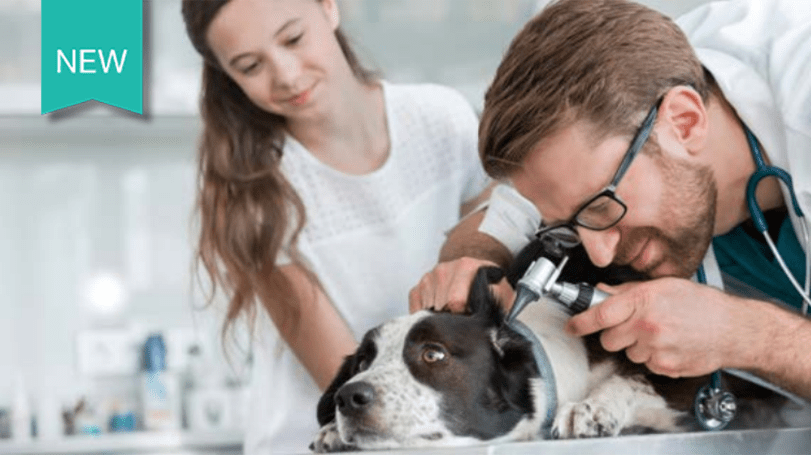
Can you hear me now?? How to manage and treat Otic disease
Join us for an informative lecture that delves into the complexities of otic disease in animals. This webinar will provide a comprehensive overview of otic anatomy, including the external ear canal and tympanic membrane, while guiding participants through essential diagnostic steps and effective treatment options.
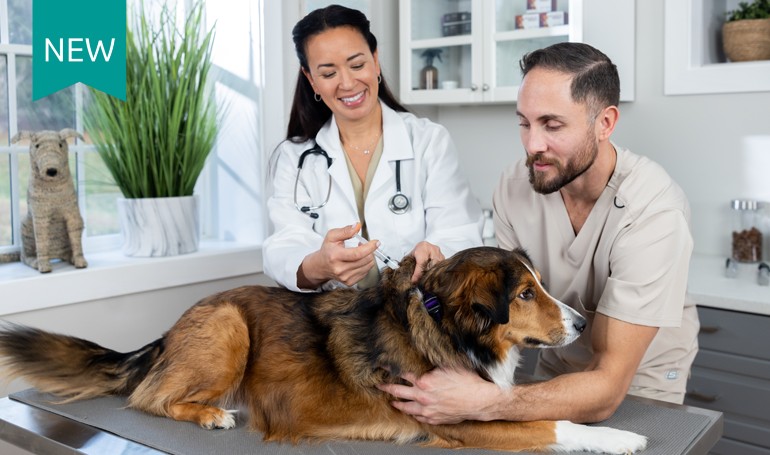
Introducing a Quantum Leap: BRAVECTO® Quantum
In this webinar Dr. D. D. Clark introduces BRAVECTO® Quantum (fluralaner for extended-release injectable suspension). A new product for dogs that kills fleas and ticks for up to 12 months. The presentation covers the latest trends, product efficacy, and how this new solution helps close compliance gaps with canine patients

Beyond the Bite: Understanding Vector-Borne Disease Risks for Pets and People
This session explores the evolving threat of ticks and fleas, highlighting new insights into vector-borne diseases that impact both pets and their families. Through a compelling case study and the latest research, we’ll examine the growing risks driven by travel and climate change. Attendees will gain practical strategies to engage clients in prevention and protect […]

Ear We Go Again: Mastering Canine Otitis
This session will focus on Otitis Externa, a common yet often challenging condition in veterinary medicine.This talk will delve into the prevalence, clinical signs, underlying causes, and treatment challenges associated with this condition. Additionally, we will highlight Merck Animal Health’s innovative range of products designed for the management of otitis externa.
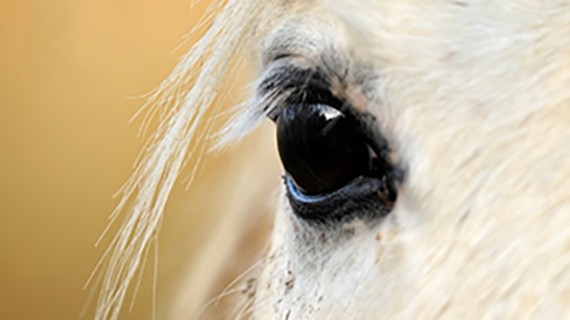
New Technologies in Equine Medicine: Equine Ophthalmology for the General Practitioner
This course covers the common ophthalmic diseases of the horse. The ophthalmic and tips for taking medical record quality photographs of ophthalmic conditions are discussed as well as clinical findings, recommended diagnostics and treatment options for superficial corneal ulcers, infected/melting/indolent corneal ulcers, stromal abscesses, equine recurrent uveitis and immune-mediated keratitis. We will also cover use […]

New Since Vet School – Rewriting the CIRDC Textbook
In this webinar, Dr. Greene discusses the impacts of the CIRDC pathogens and an explanation of the science behind two innovative vaccines and the value they bring regarding protection.

Making Smart Choices….and Changes: A Practitioner’s Perspective
Rick Marrinson, DVM, will guide you through how to make sound medical and business decisions, with an emphasis on parasite preventatives. This webinar will focus on protecting your patients and your veterinary hospital’s pharmacy, proving best medicine is also best business.

Nobivac® NXT FeLV: The Next Generation of Non-Adjuvanted Protection
Feline leukemia virus (FeLV) is not a new thing. We have all been diagnosing and managing FeLV for as long as we have been in veterinary practice, and the attention we pay to this retrovirus is well-deserved. Infection with FeLV sets the stage for a battle between the cat’s immune system and the virus: with potential lifelong consequences […]
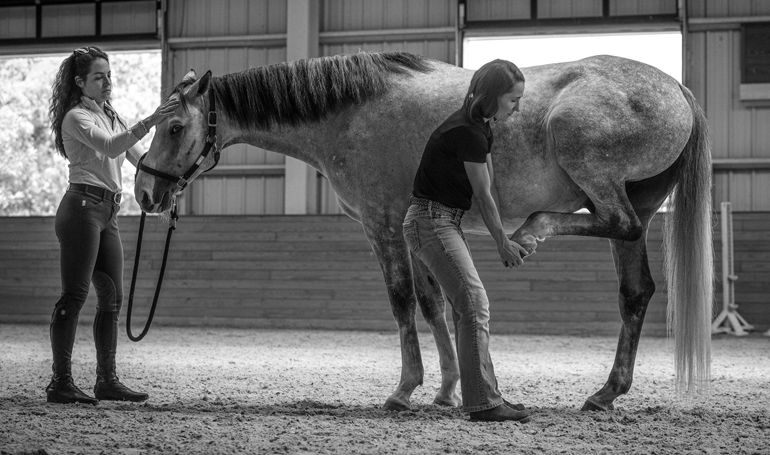
Osteochondritis Dissecans in the Equine Athlete
This session will review Osteochondritis Dissecans, or “OCD”, in the horse. Utilizing peer-reviewed literature and clinical cases throughout, you’ll leave the session with a greater knowledge of why it occurs, how it is diagnosed, and how to make the best treatment recommendations for your patients.
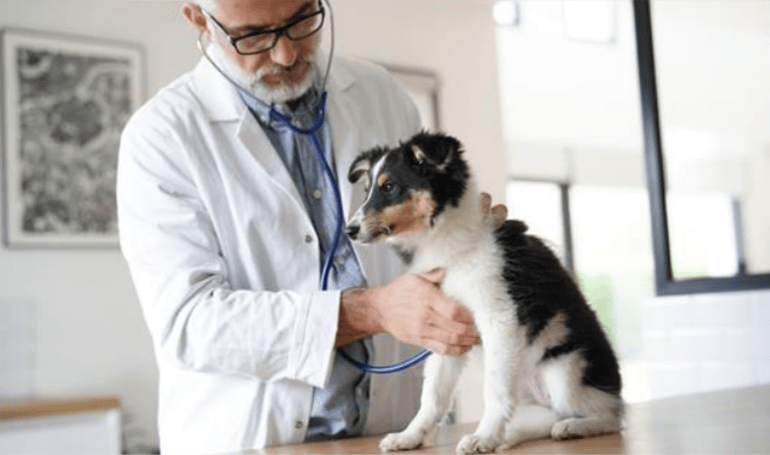
It’s a Consensus: All Dogs Are at Risk of Leptospirosis
The American College of Veterinary Internal Medicine (ACVIM) has published its most recent consensus statement on leptospirosis in dogs. In this session, you will discover what conclusions the 12-member panel was able to reach and how to apply these conclusions in your everyday practice. Perhaps most importantly, learn what the panel concluded with regards to […]

NXT Up – A Whole New Way to Beat CIV
Join Dr. Laura Greene, DVM, DACVIM (SAIM) as she takes us through the NXT generation of vaccines-RNA particle vaccine technology. Come learn not only how Nobivac® NXT Canine Flu H3N2 provides NXT level antibody-mediated and cell-mediated protection, but also to update what we know about canine influenza and why it is vital for pet owners […]

New Veterinary Wellbeing Research: How to reduce stress and avoid burnout
New findings and discussion topics for reducing stress and burnout in the veterinary profession.
This video is for veterinary professionals. Clicking the link will take you to Brainshark to log and watch.
No items to show.
Networking and Events
When you contact the Merck Animal Health professional service veterinary team, you gain access to a network of veterinary professionals. We organize events, webinars, and seminars where you can connect with other veterinarians, share experiences, and learn from industry experts. Stay updated about upcoming events and educational opportunities through our communication channels.

Continuing Education Certificate

Download Your CE Certificate
Get credit where credit is due! Download your certificate for attending a live, CE-approved webinar or event.
